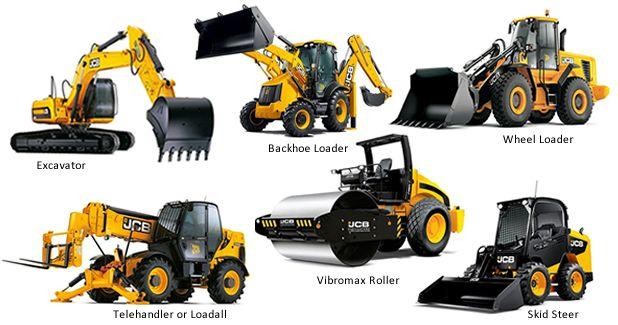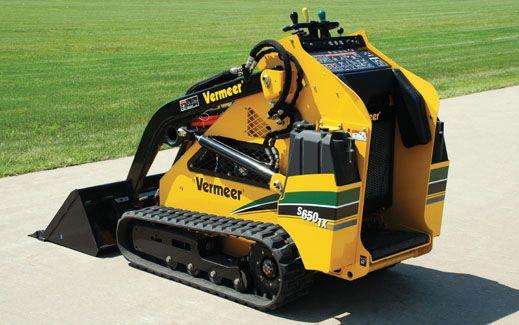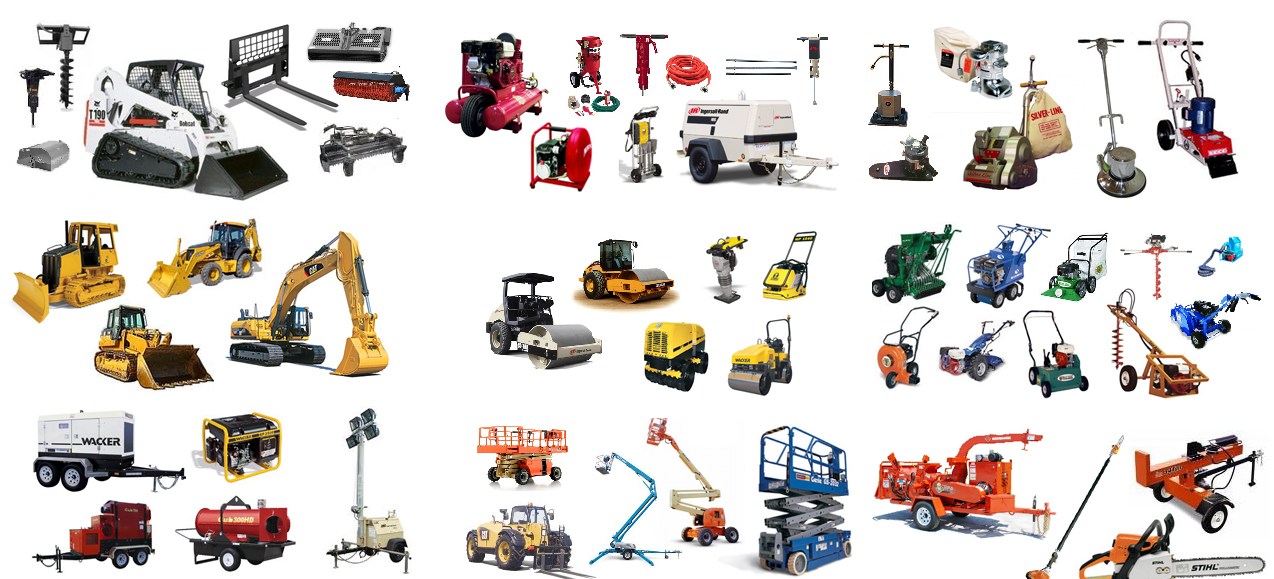Construction Equipment Rentals: Sturdy Equipment for Your Jobs
Construction Equipment Rentals: Sturdy Equipment for Your Jobs
Blog Article
Optimize Your Budget Plan by Comprehending the Costs Associated With Building And Construction Equipment Rentals
Recognizing the complete range of prices related to building equipment services is critical for optimizing your budget plan. While the preliminary rental fee might seem uncomplicated, many added expenditures-- such as transport, gas additional charges, and maintenance-- can rapidly accumulate, influencing your financial preparation. Additionally, recognizing different charges and the details of rental agreements can aid avoid unanticipated economic concerns. What methods can be employed to successfully manage these expenses and ensure a much more efficient rental experience?
Introduction of Rental Costs
When taking into consideration building and construction equipment leasings, understanding the linked expenses is paramount for efficient budgeting and project preparation. Rental costs can differ considerably based upon a number of variables, consisting of devices kind, duration of service, and location. The preliminary rental fee often shows the equipment's market demand and its linked operational capacities, affecting the total expense.
Along with the base rental price, ancillary prices might occur, such as transport fees, fuel additional charges, and maintenance fees. It is vital to represent these added expenditures to accurately examine the complete cost of leasing devices. The rental period can affect rates; longer services may qualify for affordable rates, while short-term leasings could sustain greater day-to-day fees.

Break Down of Rental Rates
A detailed understanding of rental rates is vital for specialists and job supervisors aiming to optimize their budgets. Rental prices for building and construction tools usually include a number of elements, including base prices, time-based costs, and usage fees.
Base prices are the core costs connected with the leasing of the equipment, typically established by the kind and size of the equipment. These prices can vary significantly, affected by factors such as equipment demand, accessibility, and local market trends. Time-based charges, which might be daily, weekly, or monthly, offer to accommodate various job timelines and rental durations.
Additionally, rental rates might include use charges, which apply when equipment is utilized past a specified limit, making sure that the rental company can represent deterioration. Seasonal need changes can also impact rental rates, with peak building and construction periods typically regulating higher costs.
Moreover, recognizing the rental company's plans relating to upkeep and insurance policy can offer more insight into the general cost framework. By assessing these parts, professionals can make enlightened decisions, guaranteeing the option of rental equipment lines up with both project demands and spending plan constraints.
Added Charges to Consider
Comprehending the ins and outs of added costs is essential for service providers to manage their general leasing costs properly. Past the common rental rates, numerous supplemental fees can considerably affect the overall expense of devices leasing. These fees frequently include shipment and pick-up charges, which can vary based on distance and logistics associated with delivering the devices to and from the task site.
In addition, some rental companies may enforce gas additional charges if the devices is returned with less fuel than when rented. It is also essential to know potential cleansing costs, particularly for specialized tools that calls for detailed upkeep after use.

Thoroughly evaluating the rental agreement and clarifying these extra fees ahead of time can assist professionals prevent unexpected prices and make sure that budgets stay intact throughout the task lifecycle.
Repair And Maintenance Costs
Routine upkeep and repair expenditures are commonly neglected variables that can substantially affect the overall cost of construction tools rentals. When leasing tools, it is important to take into consideration not only the rental costs but likewise the potential costs connected with maintaining the machinery in ideal operating problem.
Many rental companies consist of standard maintenance as part of the rental arrangement; however, much more extensive fixings or unexpected malfunctions can lead to extra costs. It's necessary to examine the rental agreement meticulously to understand what maintenance services are covered and what duties fall on the tenant.
Moreover, tools that is not properly maintained can lead to inefficiencies on duty website, possibly creating hold-ups and raising task prices. To minimize these threats, it is suggested to conduct normal inspections and preserve open communication with the rental company concerning any type of problems that occur throughout use.
Insurance Policy and Responsibility Prices
Insurance policy and obligation costs are important elements that can substantially affect the overall expenditure of building and construction equipment rentals (construction equipment rentals). These costs make certain that both the rental firm and the client are protected from potential financial losses emerging from mishaps, damage, or burglary during the rental duration

Furthermore, customers ought to be aware of any type of deductibles or exemptions in the insurance plan, as these can impact possible out-of-pocket expenses. Comprehending the conditions of any type of insurance coverage is crucial to stay clear of unforeseen prices. Ultimately, budgeting for insurance coverage and responsibility expenses can aid make sure a smoother rental experience and protect against monetary threats related to construction tasks.
Conclusion
In verdict, an extensive understanding of the expenses associated with construction equipment leasings is vital for efficient budget management. Ultimately, educated decision-making relating to tools services contributes to the overall success of construction undertakings.
Rental expenses can vary considerably based on several factors, consisting of devices type, period of leasing, and location (boom lift rental). The rental period can impact rates; longer leasings might certify for discounted rates, while short-term services might sustain higher day-to-day fees
By conducting comprehensive research and involving with trusted rental firms, specialists can efficiently browse the intricacies of rental pricing, inevitably maximizing their economic resources.
Past the standard rental prices, various auxiliary charges can dramatically impact the complete cost of devices service. Rental companies usually browse around this site offer responsibility insurance that covers injuries to 3rd events or damage to residential or commercial property, while tools damage insurance coverage can cover the price of repairs or replacement if the leased tools is damaged.
Report this page